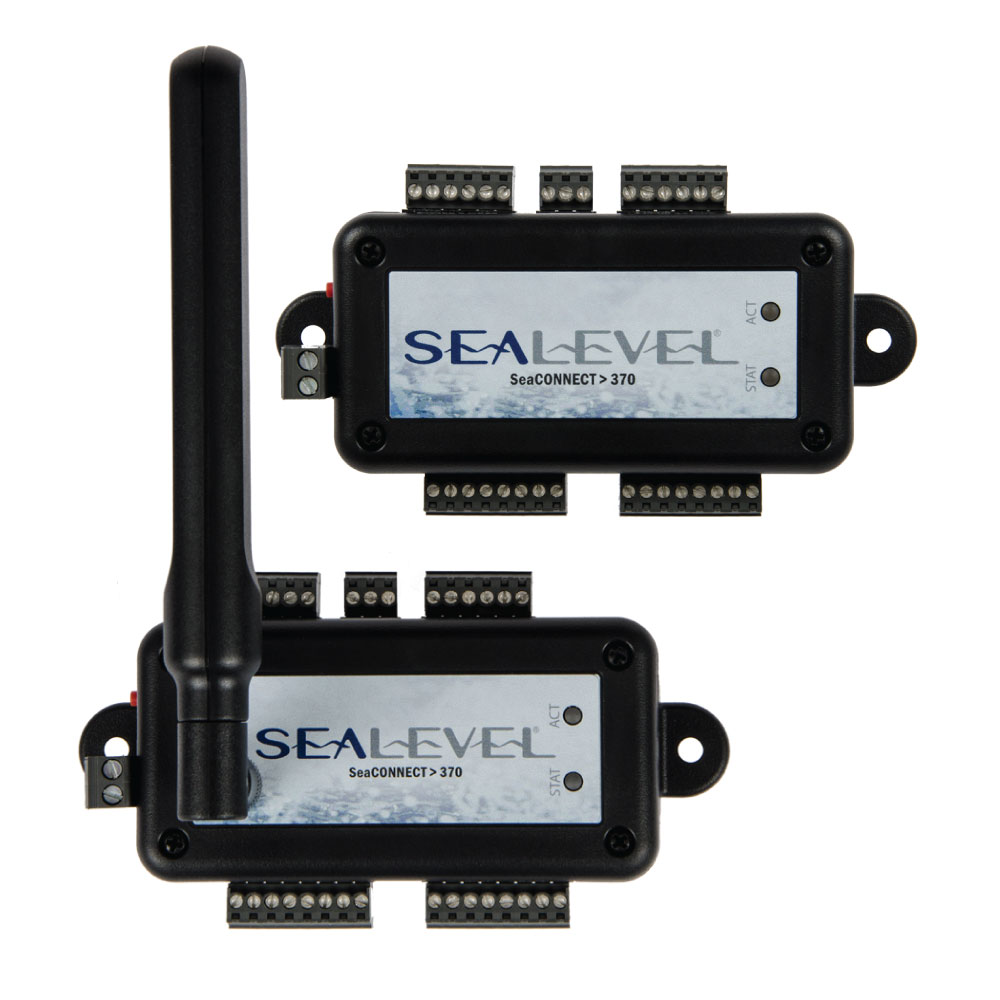Monitoring COVID-19 via an Unlikely Source: Wastewater
October 15, 2020Since the outbreak of COVID-19, wastewater has garnered attention as a testing source for monitoring the virus. Wastewater management is also undergoing rapid changes for remote operations.
Wastewater Testing for COVID-19
When someone is infected with COVID-19, some of the RNA from the virus’s cells passes through their body and is excreted. IoT devices uses electrochemical and optical sensors to detect RNA in wastewater. An automatic sampler may also collect wastewater for further lab analysis. The collected data helps scientists determine if a community infection is present and estimate the number of people infected.
This method of detection is faster and more comprehensive than clinical testing as it may be weeks before COVID-19 symptoms present themselves and an individual is tested for the disease. Tests can also take up to a week to produce results. Someone with mild symptoms or who is asymptomatic might not get tested at all, and some communities may have limited testing available. Sensors can detect the virus in wastewater quickly and reliably. This allows city officials to control the spread in specific areas without shutting down entire communities.
In August, the University of Arizona utilized wastewater testing to identify and stop the spread of COVID-19 among its students. The University tested wastewater from campus dormitories and detected the virus in one location. Clinical tests were done on students living in the dormitory and two asymptomatic students were identified and able to continue learning through online classes.
In South Carolina, Clemson University has been testing wastewater for COVID-19 since May. The University of South Carolina is working with the South Carolina Department of Health and Environmental Control and the Center for Disease Control in Atlanta to test wastewater locally. As programs like this gain traction, the Department of Health and Human Services plans to implement wastewater testing throughout 30% of the United States.
Digital Wastewater Management
With the outbreak of COVID-19 came the need for social distancing. Many workplaces have moved to remote operations to prevent the spread. In wastewater management, IoT allows for the remote operation of pressure gauges, pumps, heating, ventilation and lighting. IoT can also monitor chemicals in water treatment to prevent waste and sewer levels to prevent overflow, resulting in cost savings.

Sealevel’s SeaConnect 370 has been deployed at a wastewater facility for remote monitoring and reporting, saving travel between plants and associated costs. The SeaConnect 370 operates on solar power with a battery backup. The device is flexible in use and can connect to other devices such as rain gauges and cameras.